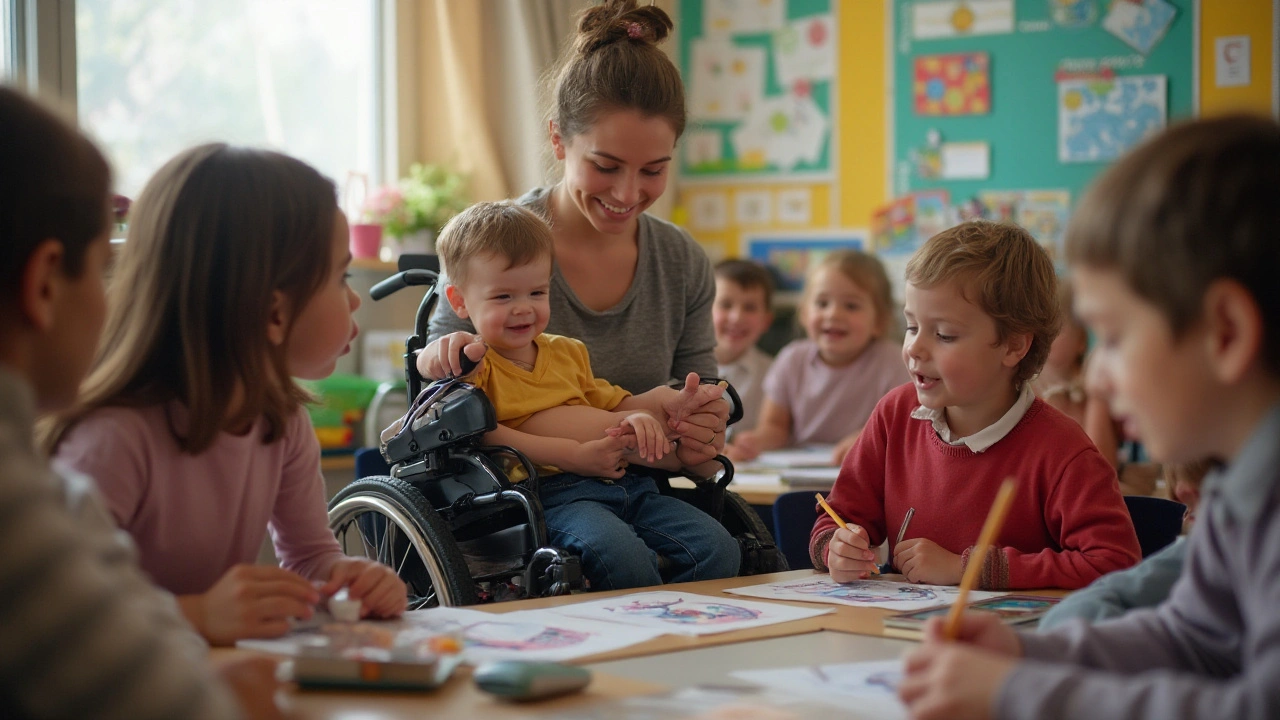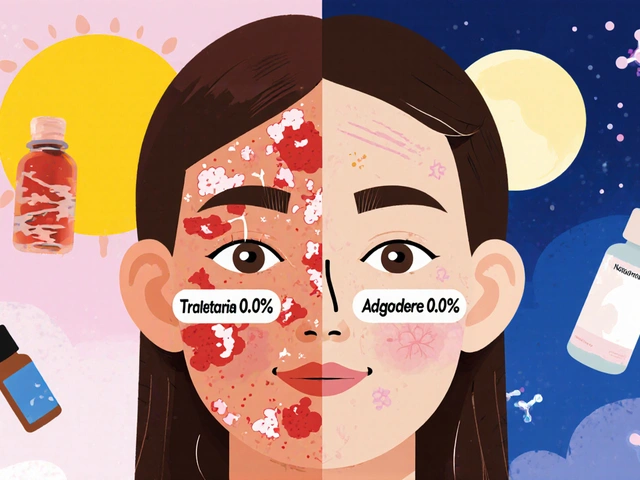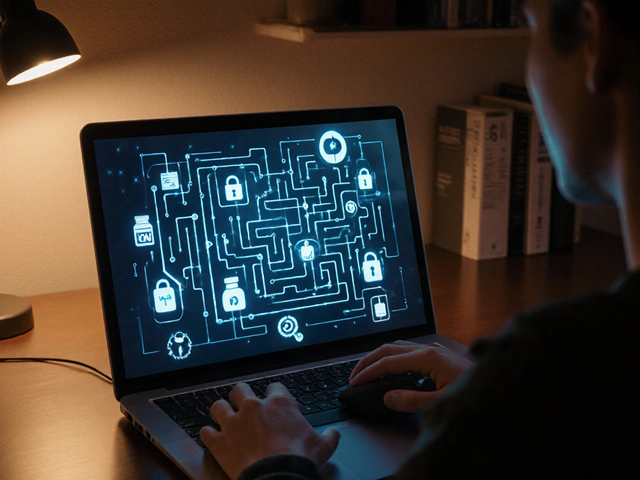Spina bifida is a congenital condition that affects the spine and nervous system. While it's primarily known for its physical manifestations, many people are unaware of its potential impact on learning and development. This article delves into the relationship between spina bifida and learning disabilities, providing insights and practical advice for those living with or supporting someone with these conditions.
Let's begin by understanding what spina bifida is and how it affects the body and mind. From there, we'll examine the specific types of learning disabilities that are often associated with this condition. We'll also discuss some of the common challenges faced by those with spina bifida and learning disabilities, and offer helpful tips for parents and educators to better support their needs.
- What is Spina Bifida?
- Learning Disabilities Associated with Spina Bifida
- Challenges and Coping Strategies
- Tips for Parents and Educators
What is Spina Bifida?
Spina bifida is a birth defect that occurs when the spine and spinal cord don't form properly. It falls under a broader category of neural tube defects. This condition can happen anywhere along the spine if the neural tube, which eventually develops into the brain and spinal cord, does not close entirely. The exact cause isn't fully understood, but it involves both genetic and environmental factors. Pregnant women are often advised to get enough folic acid to reduce the risk.
There are three main types of spina bifida: spina bifida occulta, meningocele, and myelomeningocele. Spina bifida occulta is the mildest form and might not cause any symptoms. Meningocele involves the formation of a sac of fluid but typically without severe symptoms. Myelomeningocele is the most severe type and involves a sac of fluid containing parts of the spinal cord and nerves sticking out through an opening in the spine. This form often leads to significant disabilities.
Early detection is possible through prenatal tests like ultrasound and blood tests. If confirmed, further tests can help determine how severe the condition is. Surgical interventions can sometimes be performed even before birth to reduce complications, though they don't cure the spina bifida. Modern medicine has made great strides, but ongoing care is usually required throughout an individual’s life.
"Spina bifida is many times seen as a medical issue, but it extends far beyond into the realm of personal and communal challenges," says Dr. Jane Smith, a specialist in neural tube defects.
Living with spina bifida often means dealing with numerous complications. These may include mobility problems, bladder and bowel dysfunction, and hydrocephalus, which is the buildup of fluid in the brain. Such complications make it necessary for individuals with spina bifida to interact with a variety of healthcare providers, including neurosurgeons, urologists, and orthopedists. These interactions highlight the complexity and the need for a multi-faceted approach to treatment and care.
Technological advancements have also been beneficial. Mobility aids, specialized education plans, and supportive communities all play a role in improving the quality of life for those affected. Importantly, schools and workplaces are increasingly aware of the accommodations required for inclusivity. Parents and caregivers also benefit from support groups, which can offer both emotional and practical advice.
To break it down, spina bifida is not just a medical condition but a lifelong journey requiring comprehensive care and support. This comprehensive approach helps in managing symptoms and enhances the individual's ability to lead a fulfilling life. Awareness and early intervention remain crucial in mitigating some of the challenges associated with the condition. This is why knowing what spina bifida is and how it affects people is so important for society.

Learning Disabilities Associated with Spina Bifida
Living with spina bifida often means facing various developmental challenges, including those related to learning. This neural tube defect can interrupt the normal development of the brain and spinal cord, which may lead to a range of cognitive and learning disabilities. These impediments can vary widely in severity and presentation, impacting everything from attention span to problem-solving skills.
One of the most common learning issues seen in individuals with spina bifida is difficulties with executive functioning. This means that tasks involving planning, organizing, and managing time might be incredibly challenging. For instance, a child may struggle to complete homework on time or have trouble following multi-step instructions. These are classic signs of executive function impairment, prevalent among those with this condition.
Memory deficits are another area where people with spina bifida may struggle. This includes both short-term and long-term memory problems, which can manifest in issues with retaining information learned in school. For example, remembering facts or recalling steps in a mathematical process might require more effort. These memory-related hurdles can make classroom learning more challenging and may necessitate additional support.
Attention deficit hyperactivity disorder (ADHD) is also frequently diagnosed among those with spina bifida. The prevalence of ADHD in this population is notably higher compared to children without the condition. This can affect a child's ability to stay focused on a task, sit still in class, or control impulses, making it difficult to succeed in a conventional educational setting.
Math-related challenges, often referred to as dyscalculia, are another common issue. Children with spina bifida may find it hard to understand and manipulate numbers, recognize patterns, or grasp basic arithmetic concepts. This isn’t just limited to classwork—everyday tasks such as handling money or understanding time can also be affected.
“Children with spina bifida often experience unique learning challenges that require tailored educational strategies to help them succeed,” says Dr. Emily Harris, a pediatric neurologist.
Language and communication skills might also be compromised. This can range from difficulties in expressive language to struggles with understanding complex sentences. A child may have a limited vocabulary or have trouble forming coherent sentences, which can hinder social interactions and academic performance.
Visual-perceptual deficits also pose significant challenges. These issues can affect a person's ability to interpret visual information correctly, making tasks like reading and writing more difficult. For instance, copying information from a board or book may take longer and contain more errors. This could lead to frustration and a sense of falling behind peers.
Understanding these learning disabilities associated with spina bifida is crucial for parents, teachers, and caregivers. Awareness can lead to early interventions that might help mitigate some of the challenges. Special education programs, individualized education plans (IEPs), and occupational therapy can make a substantial difference in a child's educational journey. In the following sections, we'll explore some effective strategies and tips for providing support to those affected.

Challenges and Coping Strategies
Living with spina bifida comes with many hurdles, particularly when learning disabilities are also part of the equation. Children and adults who have this condition generally face a unique set of challenges that can impact their educational journey and day-to-day life. One common issue is the difficulty with executive functioning, which includes skills like organizing, planning, and remembering details. These skills are crucial for academic success and managing daily tasks, making life tougher for those affected.
Attention span and focus are also commonly compromised in those with spina bifida. These individuals may find it difficult to concentrate for long periods, which can affect their performance in school. Learning disabilities like dyslexia or difficulty in mathematical reasoning are sometimes linked to spina bifida, adding another layer of challenge. Social skills can also be impacted. Children with spina bifida may find it hard to understand social cues or navigate complex social interactions, which can lead to feelings of isolation or frustration.
On the physical side, mobility issues often mean that children with spina bifida might miss more school due to medical appointments or illnesses. This absence can put them behind their peers academically, and catching up becomes daunting. The combination of physical and cognitive challenges shapes the overall educational experience, making customized support essential.
Parents, educators, and caregivers play a significant role in helping these children cope. Customized learning plans, often referred to as Individualized Education Programs (IEPs), are essential. These plans are tailored to meet the specific educational needs of the child, incorporating various strategies like extra time for tests, breaks during classes, or using technology to aid learning. Schools can work on fostering an inclusive environment where every child feels valued and understood.
Practical Coping Strategies
Creating a structured environment can be highly beneficial. Children with spina bifida often thrive on routine. Visual schedules or planners can help them keep track of their tasks and responsibilities. Encouraging organizational tools like color-coded folders and checklists can also enhance their executive functioning skills. Another useful method is breaking tasks into smaller, manageable steps. This approach can make daunting assignments more approachable, providing a sense of achievement as each step is completed.
Working closely with medical professionals is also crucial. Regular check-ups with neurologists, physical therapists, and occupational therapists can monitor the child's development and address any emerging issues quickly. Psychological support may be necessary to help the child cope with the emotional and social aspects of their condition. Joining support groups can offer a sense of community and shared experience, benefiting both the child and their family.
Assistive technology can also be a game-changer. Tools such as speech-to-text software, audiobooks, and specialized educational apps can make a substantial difference in learning and retaining information. These technologies can be integrated into the IEPs, providing additional support that caters specifically to the child's needs. Encouragement and positive reinforcement from teachers and parents can significantly boost the child's self-esteem and motivation. Celebrating small victories and progress can help build a positive outlook, which is crucial for long-term success.
According to a study published in the Journal of Pediatric Rehabilitation Medicine, "Early intervention and tailored educational strategies significantly improve the academic outcomes for children with spina bifida."
Support doesn’t end at school—it extends into the home. Parents can foster a learning-friendly atmosphere by setting up a quiet, organized space for homework and study. Clear communication between parents and teachers ensures that everyone involved understands the child's needs and progress. Finding patience and empathy in handling challenges makes a big difference. Through consistent efforts and appropriate support systems, children with spina bifida can achieve academic success and lead fulfilling lives.

Tips for Parents and Educators
Supporting a child with spina bifida and associated learning disabilities can be challenging but immensely rewarding. It's crucial to foster an environment that encourages growth and learning, tailored to individual needs. First and foremost, understanding the unique ways spina bifida impacts each child is key. Since this condition varies widely, some children might experience more pronounced physical symptoms while others may deal with significant neurodevelopmental challenges.
One effective strategy is to focus on personalized education plans. Schools often offer an Individualized Education Program (IEP), which outlines the specific support and accommodations a student requires. Regular meetings with the educational team ensure that the child’s progress is closely monitored, and necessary adjustments can be made quickly. Parents should remain actively involved in these meetings and provide input based on their observations at home. Teachers, on the other hand, can benefit from training focused on the neurological effects of spina bifida and how these might influence learning styles and behavioral responses.
Creating a supportive and inclusive classroom atmosphere is another important step. Using visual aids and hands-on activities can benefit children who might struggle with traditional teaching methods. Encouraging collaboration among students can also help in building social skills and self-confidence. Moreover, incorporating assistive technologies, such as speech-to-text software or specialized tablets, might offer significant advantages to students with fine motor difficulties.
Physical health should not be overlooked in the educational plan. Regular physical therapy sessions integrated into the school schedule can help improve mobility and reduce the risk of secondary complications. Schools and parents should work closely with healthcare providers to ensure that medical treatments and school activities do not clash. For instance, arranging physical therapy sessions during non-core academic periods can ensure that the child does not miss critical learning time.
Another essential aspect is fostering emotional well-being. Children with spina bifida may face social stigma or bullying due to their physical differences. Programs that promote empathy and understanding among all students can help create a more inclusive environment. Parents should also encourage open communication with their child about their feelings and experiences at school, offering reassurance and support when needed. Sometimes, speaking with a school counselor or psychologist might be beneficial.
Consider extracurricular activities tailored to the child’s interests and abilities. Whether it's art, music, sports, or clubs, engaging in such activities can provide tremendous benefits for social interaction and self-esteem. Enabling the child to pursue their interests can be a powerful motivator, fostering a sense of accomplishment and joy in areas where they excel. Importantly, for any out-of-school activities, ensure that the organizers are aware of the child’s needs and can provide appropriate accommodations.
Lastly, focus on building a strong support network. Connecting with other families who have children with spina bifida can provide valuable insights and emotional support. There are numerous organizations dedicated to spina bifida that offer resources, advocacy, and community connections. Educators, too, can benefit from joining professional groups focused on special education, where they can share strategies and learn from colleagues' experiences. By working together, parents and educators can create a comprehensive support system that enhances the child’s academic and personal growth.
"Children with spina bifida face unique challenges, but with tailored support and understanding, they can achieve remarkable success in school and beyond," says Dr. Laura Simmons, a pediatric neurologist.



Shiv Kumar
7 September / 2024One often overlooks the profound significance of prenatal screening; early ultrasound can pinpoint neural tube closure anomalies with remarkable precision, allowing families to contemplate interventions before birth.